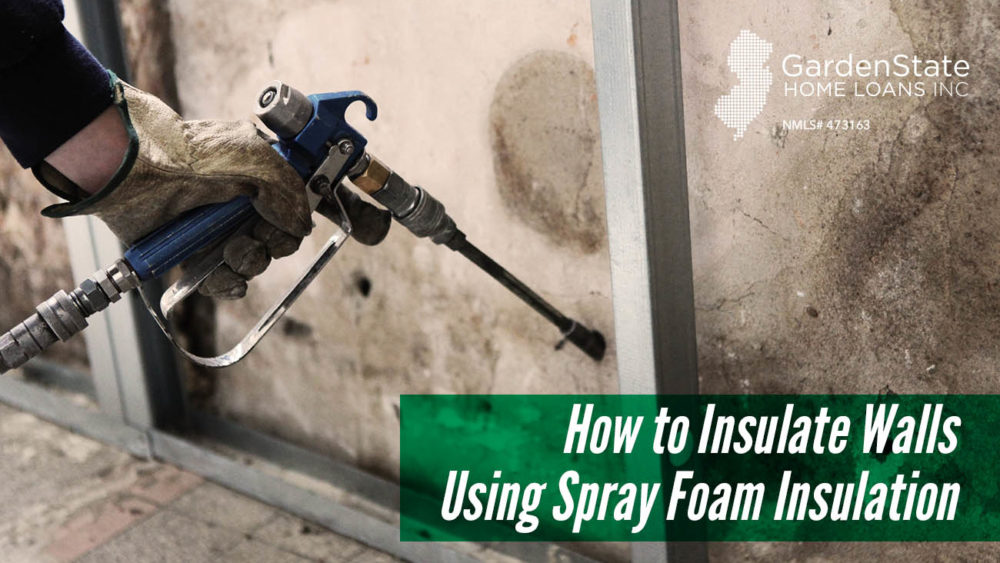Spray Foam Insulation
Insulation is an important step during the process of building or renovating your house. Insulation is important to increase the energy efficiency of your home, reduce your heating and cooling bills, and help to buffer sound. One of the most common forms of insulation is spray foam. Here is how to install spray foam insulation.
-
What to use
If the area you are planning on insulating is small, such as a crawl space, attic, or basement, a low-pressure sprayer is the best equipment to use. Roofs and other major renovation project require a lot of spray foam. In these cases, it may be cheaper to hire professional insulators who have access to high-pressure applicators. Spray cans of insulation work well for small jobs, such as gaps between windows, around dryer vents, and other jobs of this nature.
For any job concerning spray insulation, be sure to wear appropriate safety gear. A full work suit would be best, however, if you don’t have access to one, long sleeves and pants work as well.
-
Low-pressure sprayer
You can purchase a disposable, refillable spray insulation tank as part of a spray foam insulation kit. While these can be costly, they help you to quickly and easily insulate the area.
-
Choose open or closed-cell insulation spray
There are two different forms of insulation spray, closed-cell and open-cell. Closed-cell insulation is rigid and dense. It is mostly used on external walls.
Open-cell insulation is cheaper than closed-cell and works fast! It is what is typically included in individual small spray cans of foam. Open-cell insulation is most often used for in wall-insulation when small holes are made into the drywall and a spray nozzle is inserted to fill the hole in the wall. This is often used for ceilings and interior walls. In addition, open-cell insulation is soundproof.
- Prepare area
To prepare the area, remove any exposed nails and debris from the walls that need to be insulated. Then, mark the drafting areas either with tape or a pen. These are an area where you feel air leaking, see sunlight, or see a gap. If you have any furniture or finished flooring nearby the insulation area, cover it with a plastic tarp. If insulation gets on it, it’s difficult to get it out.
- Apply the spray
It’s best to apply spray insulation when the temperature is between 60 to 80 degrees Fahrenheit. When spraying, be sure to stand a few feet back and spray as evenly as possible, while moving back and forth across the area. Insulation should only be one inch thick. Because of this, make sure to only hold the spray for three seconds before stopping to examine your progress. Over-applying the insulation can stress the wall and cause the insulation to clump up and fall off.
If you are doing an external wall, and need additional layers, wait until the first layer has completely dried before going back over it.
- Fire-sheath spray-insulated walls
Spray foam is not a finished product, and therefore, is not fire-proof. In the event of a fire, it can catch fire easily. It’s common to cover the insulated area with drywall to finish the job.


Comments are closed.